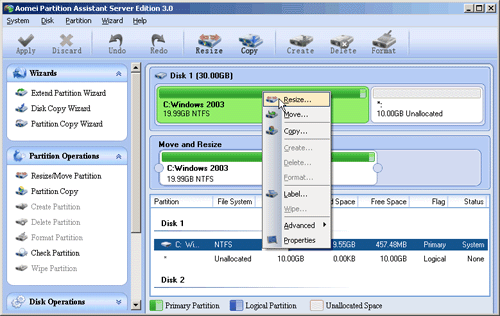

Vmkfstools -i “/vmfs/volumes/SAN1-VOL1-Datastore1/Template_Win2008R2/Template_Win2008R2_1.vmdk” “/vmfs/volumes/SAN1-VOL1-Datastore1/NEWSERVER/NEWSERVER_1.vmdk” -d thin

On my environment I have a separate VMDK disk for the swap file so I cloned that as well: Note: You may need to remove and retype the quotes as the copied quotes above may not work (weird formatting may be retained if you copy the command from the web). Vmkfstools -i “Template_Windows2012 R2.vmdk” “./AzureADConnect01/AzureADConnect01.vmdk” -d thin vmdk file that I’m cloning and then I use the following modified command: To work around this, I browse with cd and ls commands to get into the folder with the. I frequently get the error “DiskLib_Check() failed for source disk The system cannot find the file specified (25).” Vmkfstools -i “/vmfs/volumes/SAN1-VOL1-Datastore1/Template_Win2008R2/Template_Win2008R2.vmdk” “/vmfs/volumes/SAN1-VOL1-Datastore1/NEWSERVER/NEWSERVER.vmdk” -d thin Modify the following command to match your folder path’s and source and destination VM names and then paste the command into your CLI session:

Select SSH from this list and start the service. In the Services section, click Properties. Log into a vCenter Server system using the vSphere Client.Ĭlick the Configuration tab and click Security Profile. Use the vSphere Client to enable local and remote access to the ESXi Shell: **First you may need to Enable ESXi Shell access using the vSphere Client: Next we need to clone the template VM VMDK files to the destination new server VM:ġ) Connect to the ESXi Host Console CLI via PuTTY SSH session to your ESXi Hosts IP address. note the path to the Virtual Machine ‘template’ that you are cloning. 2) Note the path of the template VM VMDK files that you are planning on cloning.ģ) Right click inside Data Store Browser and click ‘New Folder’ I’m calling the folder “NEWSERVER”.


 0 kommentar(er)
0 kommentar(er)
